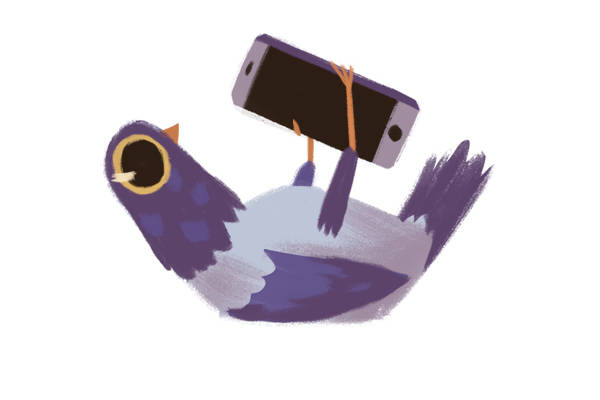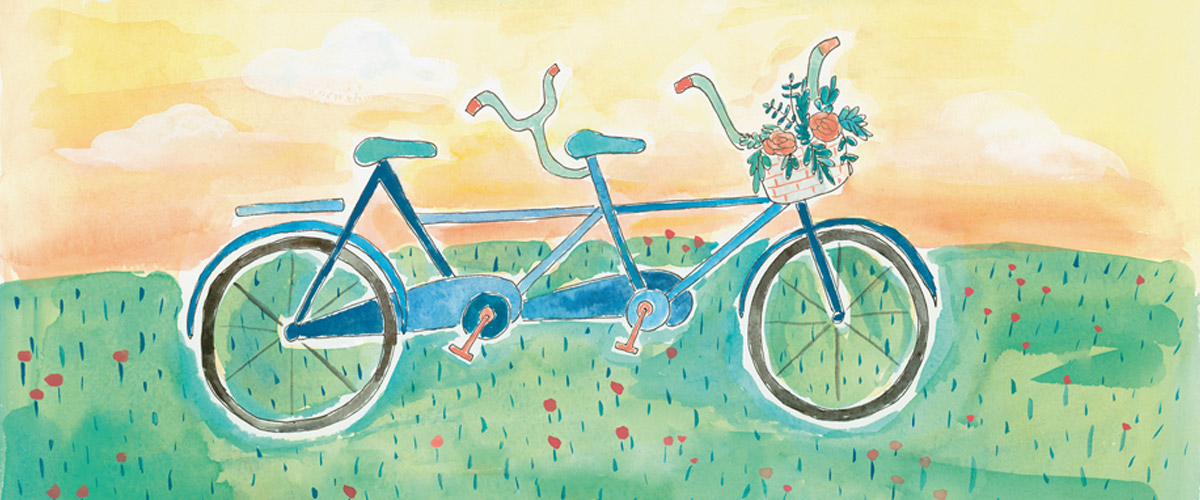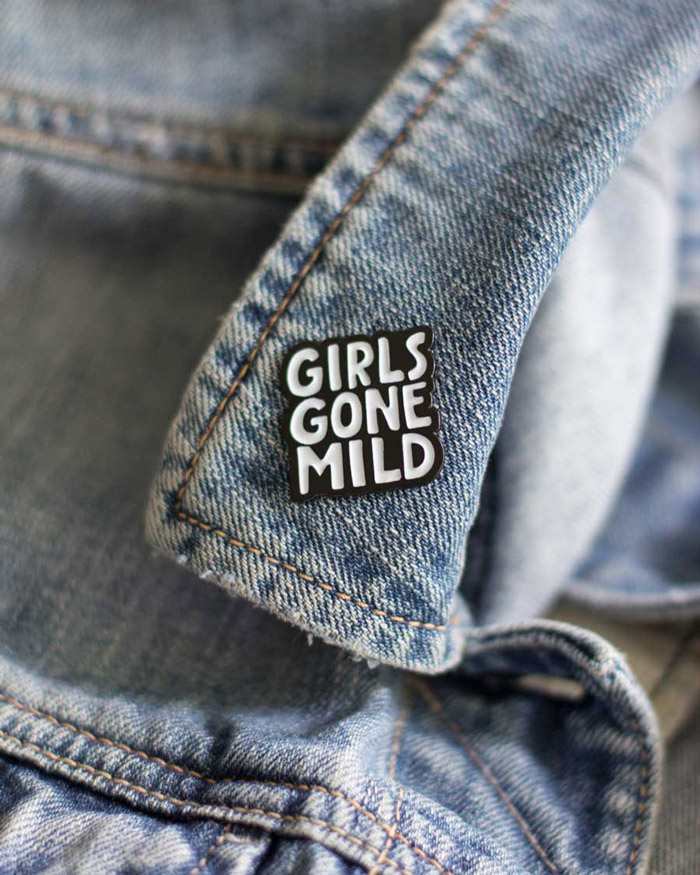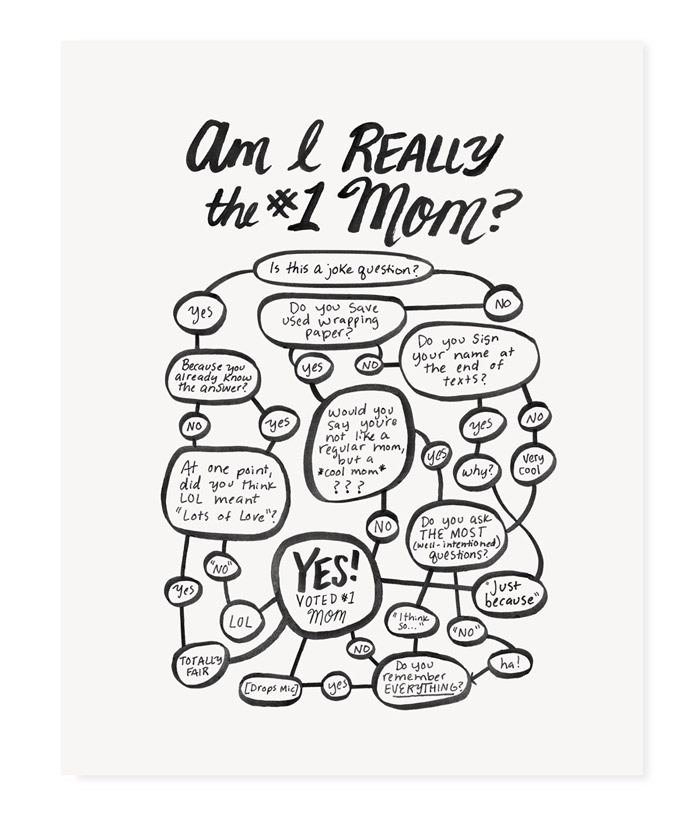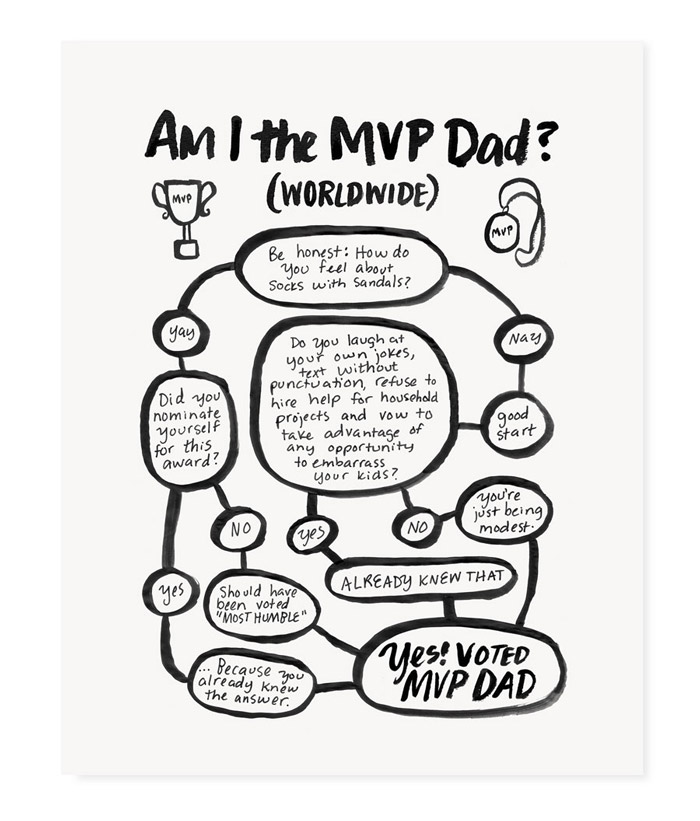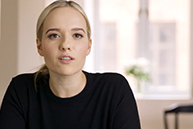I’ve finally launched my online store, Chipper Things. It’s required so many moving parts to manage that I think I could actually juggle without dropping a pin. There are mountains of info I could share about developing a product line (how to price, finding a fulfillment center, working with collections, distribution, etc.), but today I want to talk about the launching process itself and what I learned along the way. This is what I wish three-months-ago Becky would have known. If you’re about to launch your own creative project, I hope it helps you.
1. Create a comprehensive timeline.
Write down everything that needs to be done. And I mean everything, from “research photo shoot locations” to “send info card draft to friend for feedback.” Chronologically organize every task, then double the time you think you’ll need for each. This is (roughly) how much time you’ll need to take care of those tasks before launch. How’s that for an accurate formula? I can thank my mentor, Nic Annette Miller, for giving me this wakeup call halfway through my Creative Residency. It wasn’t until I wrote down everything that had to get done that I realized six months wasn’t that much time after all.
2. If you’re going to publicly share your process, be prepared to lie.
Of course, by “lie” I don’t really mean being intentionally dishonest. I mean that you’re going to make decisions early on that you may end up changing later, even though you’ve spoken publically about the early decision
For example, I told the world I’d be selling pillows and tea towels. As it turns out, I’m not going to be selling pillows or tea towels because I discovered that expanding my product selection that widely wasn’t the best decision for my new store. Another example: I posted a piece of art on social media, shouting out that I’d be selling it on Chipper Things, but now that art will not be for sale come launch day.
These things don’t bother me because in the long run, they won’t matter and I realize no one is monitoring my every move to fact-check for accuracy. Be careful of what you commit to, though, so you can avoid miscommunications and/or customer service blunders.
3. It’s a lot easier to do it right the first(-ish) time.
I made these “Am I the MVP Dad?” and “Am I the #1 Mom?” flowcharts originally from the perspective of an adult child giving it to their parents. But at the very last minute, I realized I’d missed several opportunities to poke fun at those stereotypical mom and dad jokes (socks and sandals, thinking “lol” means “lots of love”, etc.). This perspective also limited me to a narrower-than-I’d-like market.
I ended up redoing some of the text so that the flowcharts appeal to a wider audience. It took a day’s work (a day that “I didn’t have” at the time), but it would have cost me more in the long run had I not assessed the adjustment when I did. Plus, they’re funnier now!
One more thing: at one point (separate from this flowchart situation) I told my husband, Greg, “I just need to make a decision! Any decision is the right decision at this point.” Then Greg said, “No, the right decision is the right decision.” Mic dropped.
4. Don’t be afraid to ask for help.
And when you do ask someone, make it easy for them to help. My friend Chelsea is the Co-founder of Hands-On, a beautiful online shop with print design templates. She, too, was in the thick of launch mode when she and her co-founder Emma asked for my feedback on their site. They sent me a list of questions and told me to spend no more than 30 to 45 minutes on it. I felt good because I knew how to provide exactly the kind of feedback they were looking for.
Here’s the thing: People want to help you. When you’re working on cool stuff, your community wants to be a part of it. Don’t be afraid to ask for help and don’t feel like you have to apologize for it. Even more importantly, be specific so that what you’re asking for is clear (a time-saver for whoever is helping you out).
5. Only share/launch what you can stand behind.
How do I know when a product is ready? When I know I won’t be sheepish about asking people to pay me money for it. I wanted to have a handful of large-format art prints at launch, but right now Chipper Things only has a few. The ones I selected are the ones I can proudly stand behind at the $50+ price point. One work that didn’t make the cut was of a tandem bike painted with gouache and crayon. I was really excited to photograph it big on my walls, but for some reason it looked much better smaller. It broke my heart to nix it from that category, but in the end it made me sleep better at night because I’m truly proud of all the work in my store.
Today, Chipper Things has 73 products for sale. There were dozens of projects I planned to add, and wanted to add, but I didn’t because there’s only so much time in the day. Early on, I was told that I’d never feel ready to tell the world that the store is live. Now I understand what that meant because I’ll always have my own criticisms and thoughts on what I’d do differently. But I found that it’s important to just start and modify along the way. I’m really proud of what this shop is now, and I can’t wait to see what it becomes.
In addition to the store's website, you can also follow Chipper Things on Instagram and Twitter.
April 19, 2016
Image Becky Simpson


